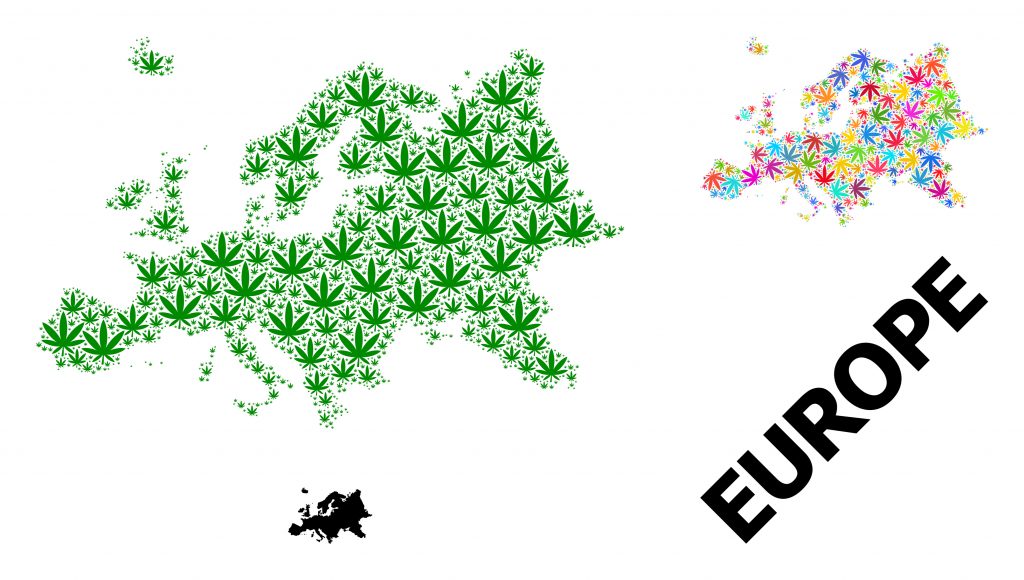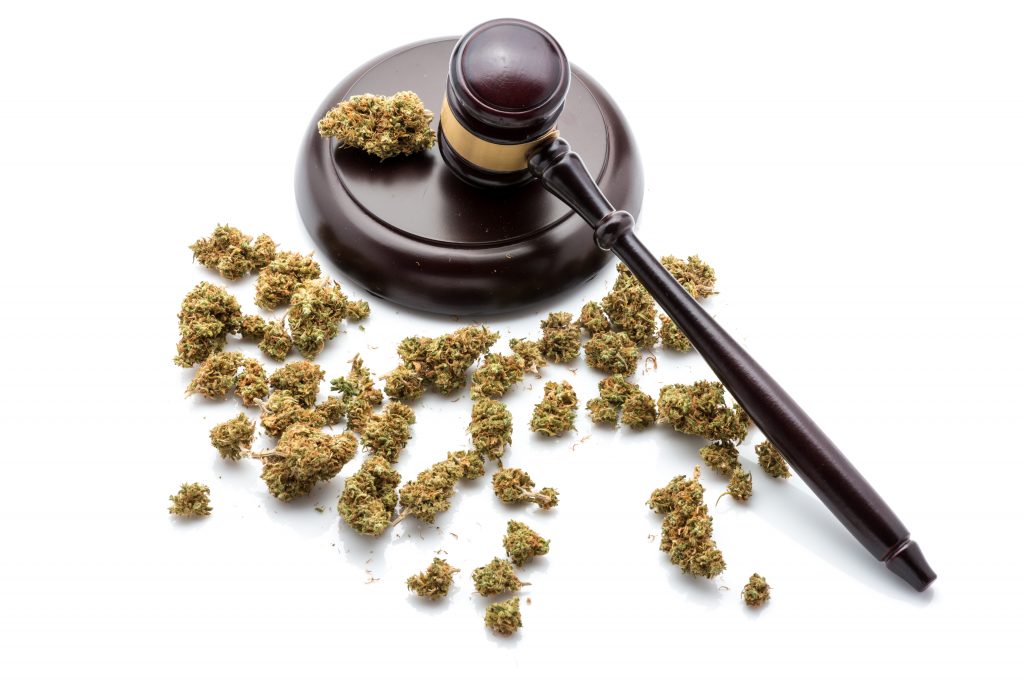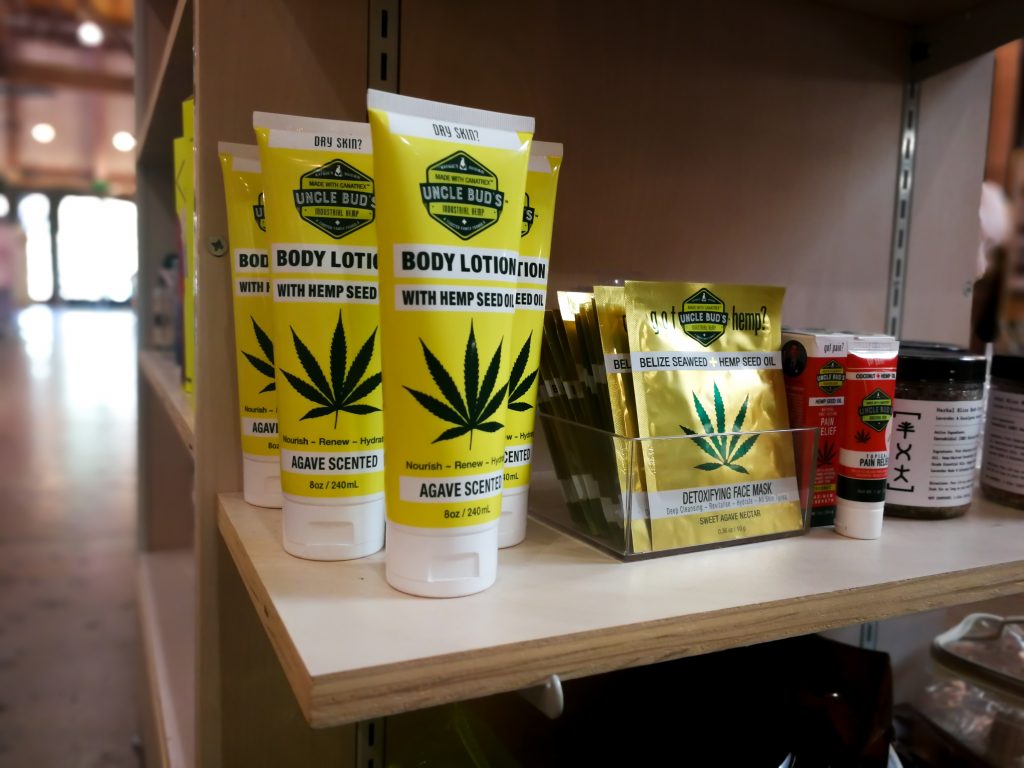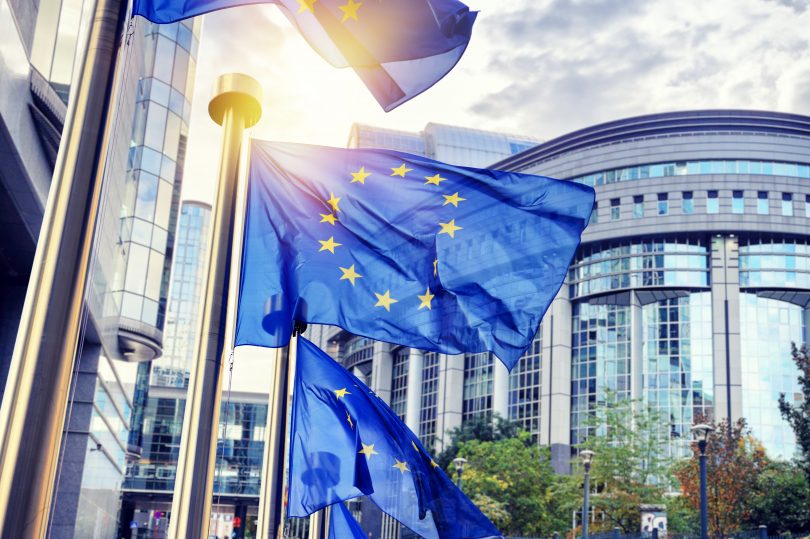Big day for European hemp farmers and the CBD industry as the allowance of THC in industrial hemp was voted on by Parliament. While still low compared to countries like Switzerland, this Europe THC limit increase would certainly loosen things up.
A lot goes on in the world of legal cannabis. Sign-up to our newsletter to always be in-the-loop.
Hemp farmers in Europe have been pushing for change for quite some time. The .2% THC limit that was instituted many years ago has been making it difficult, and decreasing the amount of strains possible to use. Now, Parliament has voted to increase that maximum to .3%, included in the Common Agricultural Policy reform. But will it actually go through?
Where did .2% come from?
The first time a standard was set for a Europe THC limit in industrial hemp, was in 1984 when it was put at .5%. This was lowered in the 1970’s to .3%. At that time, .3% was the line that separated low-THC hemp (usually high-CBD flowers, but also high-CBG strains exist) and high-THC cannabis. In 1999 this dropped down again to the .2% that its been since, with the original aim being to prevent high-THC marijuana from being grown in low-THC industrial hemp fields. The proposal to increase the THC limit is not new, and has been pushed for quite some time.

Before going any further, it should be pointed out that between the date in the 1970’s when THC limits were decreased to .3%, and 1999 when they were decreased further to .2%, Europe was functioning at .3% THC in hemp, and without any massive, adverse issues. It means that for at least 20 years of time, this standard was in place, which makes it almost silly that it would have to be argued for later, or that an argument against raising from .2% to .3% would be based on a fear of bad effects to people or business. If it didn’t happen in the 20+ years of recent history when it was the norm, how would it pass as a reputable argument now?
It also shines a light on this idea that we can’t learn from history or trust it at all. Cannabis has been used for thousands of years with plenty of evidence for how, when, and where. Yet it’s mainly treated like this history is meaningless, with paid-for research studies being the bottom line, when often they are not. This inability to learn from history is frustrating, and it becomes all the more obvious how much of an issue it is, when Europe makes arguments about not raising a THC limit to a level it had already functioned perfectly at for years.
It should also be noted that while this vote was made nearly a week ago, that no large publications have covered it all. In fact, the only publications to cover the news are hemp-related.
Why it matters
If a person didn’t know much about cannabis, they might expect that THC could simply be removed at whatever percentage is necessary. Unfortunately, that’s not how it works, and different strains of hemp have different amounts of THC. Not only that, CBD often goes up in proportion to THC, meaning that a lot of strains have been counted out since in order to get the level of CBD, it would mean accepting over .2% THC. While raising to .3% doesn’t make it all inclusive, it would make it so that more strains can be grown.
Is it a done deal?

Unfortunately, not. While its great that Parliament made the vote, the decision does not rely solely on Parliament. The policy for adopting and/or amending legislation in the EU is for three different bodies to approve, or come to some decision. The vote last week was not to pass legislation, but merely to establish the opinion of Parliament on the Common Agricultural Policy reform proposal.
In order for it to actually go into effect, there are two more bodies that have to approve: The Council of the European Union and the European Commission. The three bodies are slated to begin negotiations on the agricultural policy reforms come mid-November. This assuming that issues related to the Coronavirus don’t force postponements.
What are the reforms?
A broad-ranging agricultural policy includes all kinds of laws, however the only ones of concern here, are the ones related to growing hemp. The two amendments to the Common Agricultural Policy of note to cannabis-news followers are these:
- Amendments 8 & 93 – to raise the current allowable THC amount in industrial hemp from .2% to .3%.
- Amendment 234 – Allows hemp to be covered by marketing standards for the EU so that products can eventually be graded according to appearance, consistency, characteristics, and restrictions. This includes labeling, packaging, production methods, etc.

Implications
The CBD industry has boomed exponentially in the last few years. In January of 2019, the EU amended its Novel Food Catalogue to include extracts of cannabis sativa L. like CBD. Being added to this category means that cannabis extracts are considered to have no demonstrable history of consumption. Looking at history, we know this isn’t actually true at all, but once again, history was ignored in favor of regulation tactics. Though the Novel Food regulation isn’t binding, most countries seem to go by it as a rule, and it could very well be that Europe pressures them to do so (though this is only supposition). Before any product can be placed on the market, it requires a safety assessment under Novel Food regulation (which again, isn’t actually binding).
Prior to 2019, extracts of cannabis in which CBD had higher levels than in the actual plant were considered novel, but nothing else. Cannabis sativa L. could be grown at that time so long as the specific strain was registered in the EU “Common Catalogue of Varieties of Agricultural Plant Species”, and with a THC level not above .2%. Essentially, adding cannabis extracts to the Novel Food list made it that much more restrictive to sell CBD products. Though this new update to the Common Agricultural Policy wouldn’t exclude hemp from Novel Food regulation (which is about to be updated again), it would at least ease some of the restrictions that are put on it, and the products that can come out of it. When an industry is so restrictive on so many fronts, any amount of loosening of the rules allows for more general freedom.
The European Industrial Hemp Association is viewing the parliamentary vote as a success, and in a way it is, but it’s not the end of the story. These updates do not have to be approved, or used, if the two other governing bodies decide they’re out of line. In this way, this vote is really just a stepping stone in a much longer process, for which it’s still impossible to know the ending.
Conclusion
It’s hard to tell which way legislation will go. Europe tends to lean more towards loosening restrictions than other locations, but at the same time, goes back on itself constantly. Simply adding cannabis extracts to the Novel Food category was a step backwards, made only 1.5 years ago. It might be hard to imagine Europe not taking up the agricultural recommendations, but nothing says it has to either. So while the European Industrial Hemp Association rejoices, it might be a bit soon. When it comes to cannabis regulation, things don’t tend to make sense…nearly anywhere. So expecting a straight line to legalization, is expecting way too much. Maybe the Europe THC limit really will be raised. And maybe it won’t be. But it’s just too soon to say.
Thanks so much for stopping by CBDtesters.co, your one-stop-shop for all cannabis-related news. Stop by regularly to stay up-to-date, and sign up to our newsletter so you never miss a beat.
Resources
Everything You Need To Know About CBD Isolate (a deep look into hemp extracts)
Synthetic Cannabinoids (Are they synthetic cannabinoids safe?)
The Endocannabinoid System Explained (Why Cannabis Is Good for Our Bodies)
Government Assistance Options for U.S. Hemp Farmers Affected By COVID-19
Newest Cannabinoid Powerhouse – CBC – What Can It Do for You?
Cannabinoids 101 – Spotlight on CBN (Cannabinol)
Cannabis Cosmetics: What’s Allowed, What’s Not, and Where to Find Them (What is the latest regulations in Europe and which products are allowed)
Government Assistance Options for U.S. Hemp Farmers Affected By COVID-19
The CBD Flowers Weekly newsletter (your top resource for all things smokable hemp flowers)
Your Complete Guide to EU GMP-Certified CBD Isolate and Distillate (European Market)
EU GMP-Certified Cannabinoid Isolates and Distillates (Why is it so difficult to get EU-GMP raw materials in Europe)
The Medical Cannabis Weekly newsletter (International medical cannabis business report)
The Legal Landscape Of CBD Hemp Flower In Europe
The Delta 8 Weekly Newsletter (All you need to know about Delta 8 thc)Regulators Go After Smokable Hemp Flower – What Does The Future Hold?









